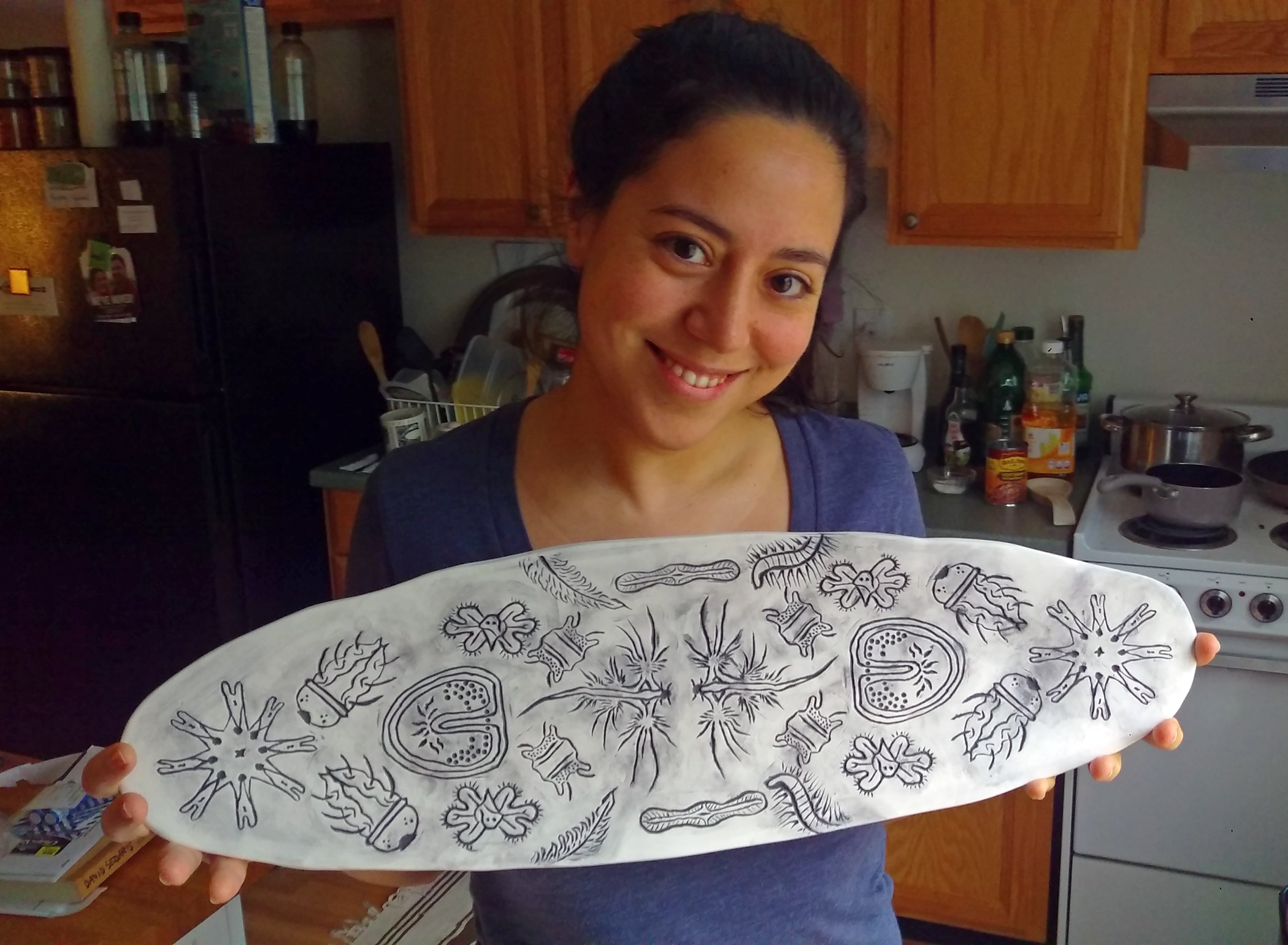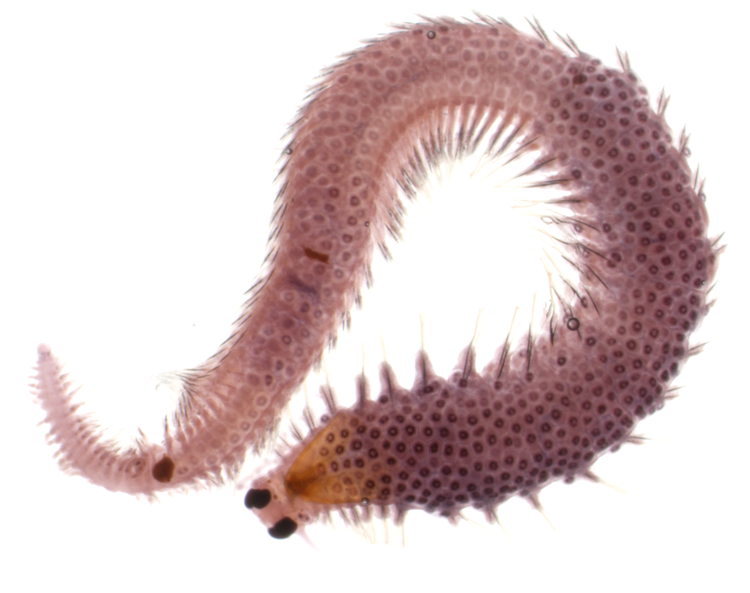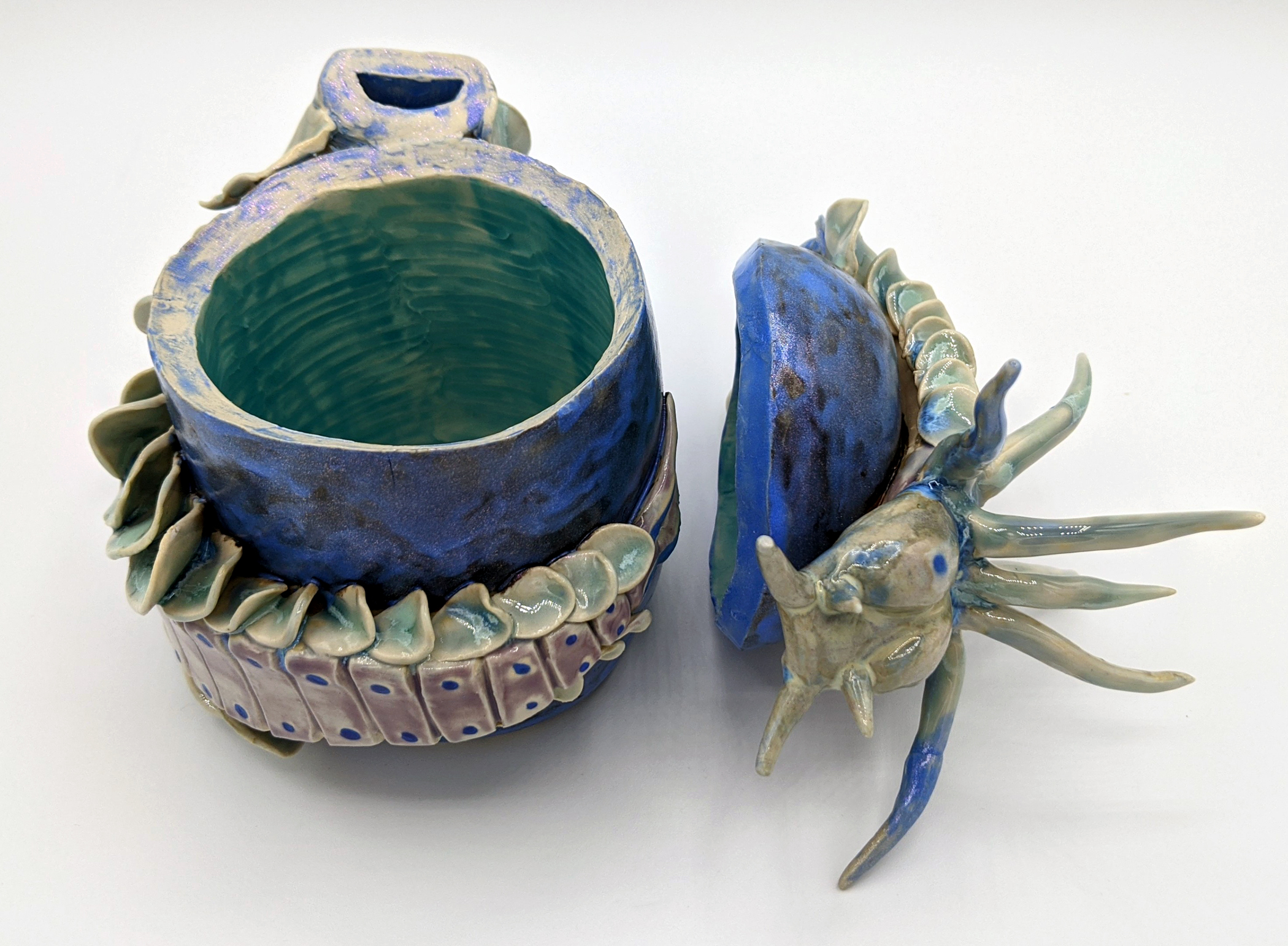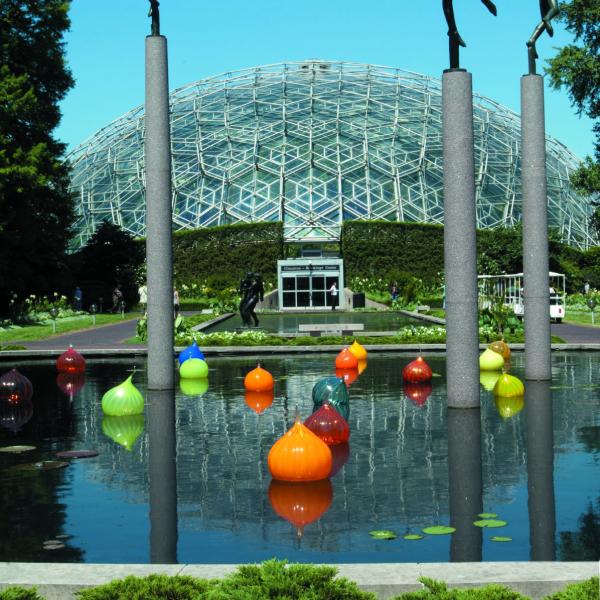B. Duygu Özpolat joins the Biology Department

titled “Plankton on Your Plate”
B. Duygu Özpolat was born and raised in Turkey and lived there until she finished her undergrad degree in the biology program at Middle East Technical University in Ankara. She moved to the United States to complete her PhD with a focus on regeneration in chicken embryos in the lab of Ken Muneoka at Tulane University in New Orleans. Then she did two short postdocs with Alexa Bely at the University of Maryland, and with Guillaume Balavoine at Institut Jacques Monod in Paris, France.
Özpolat’s position at Marine Biological Laboratory (MBL) before joining WashU was a ‘mini faculty position’ called Hibbitt Fellowship, something between a postdoc and faculty position, which was designed to support people studying unconventional research organisms, such as cephalopods (octopuses and squid) and algal blooms, using non-traditional models. These fellows at MBL are given startup funds and space, and can gain some teaching experience alongside their research.
She cited the collaborative and welcoming environment at WashU as a large part of her decision to join the Biology Department this summer. She also heard wonderful things about the undergrad population here and looks forward to working more closely with students through teaching and as a mentor in her research lab.
“Some biology departments are very focused on specific areas, so I was excited to interview with WashU because of the breadth of types of research being carried out here. I could see myself interacting with faculty in ways that could stretch my research into different directions. It was reminiscent of where I did my undergrad,” Özpolat said.
Research

The Özpolat lab uses segmented worms, Platynereis dumerilii, to understand mechanisms of reproductive cell regeneration. These amazing creatures can regenerate almost any tissue type, from muscle, to the nervous system, to reproductive cells, which is what the lab is specifically studying currently. Reproductive cells interest the lab team because humans and well-established research organisms, such as mice and fruit flies, lack the ability to regenerate reproductive organs and cells. Understanding how organisms like Platynereis regenerate reproductive cells will help understanding how such extensive reprogramming can be achieved, and could help with stem cell and infertility therapies. The goal of the lab is to close this knowledge gap and define the cellular origins and molecular mechanisms of germ cell regeneration.
“Once the cells are lost, most organisms we are familiar with become infertile because lost reproductive cells can’t be replaced. This leads to questions such as: If there are animals that are able to regenerate these cells, where are these cells are coming from? Do they carry the mutations that the somatic body cells accumulated? Does that have any effect on the next generation? So from a broader point, the research also has some potential population genetics and evolutionary biology implications that we’re excited about exploring,” Özpolat explained.
Science meets art
Özpolat’s interest in science began at an early age with a primary school natural sciences book. She was fascinated with the book’s simple home experiments. Her mother is an artist and arts teacher, and always had Özpolat working on all kinds of arts and crafts projects.
“I remember asking my mom if she thought I could be a seamstress and a scientist at the same time when I grow up. She said ‘Yes, honey, of course! You can be anything you want!’ I was lucky to have that kind of encouragement at a young age. When I tell this story, I try to be sure to tell people you don’t need to have wanted to be a scientist since your childhood to become one. That just happens to be my story,” Özpolat mused.

Özpolat loves combining science and art. The two started to come together for her when she took an embryology course at MBL years ago. Inspired by microscopy images and the different kinds of animals she encountered, she began drawing this diverse array, putting them into panels with themes, like crests. Later, she moved into making science-inspired pottery. She now boasts a large collection of handmade ceramic plates with worms, plankton, and other organisms, as well as boxes in the shapes of insects.
“I do this purely for fun. I realized what a great stress release art as a hobby is for me. It’s also been a great science outreach tool. When I give talks to the general public, I talk about this and use it as a part of myself as a scientist. Pottery has been really dominating my life right now, and I made sure there were some local pottery studios in St. Louis before moving here!” Özpolat exclaimed.
Alongside her pottery interests, she is excited to explore all that St. Louis has to offer with her husband, describing it as a hidden gem, a livable, affordable city with beautiful parks and many activities. She also loves hiking and the outdoors, reading and watching science fiction, and is a big metal music fan.
Learn more about the Özpolat Lab’s research here, and see more of Özpolat’s creative work on her Instagram.





